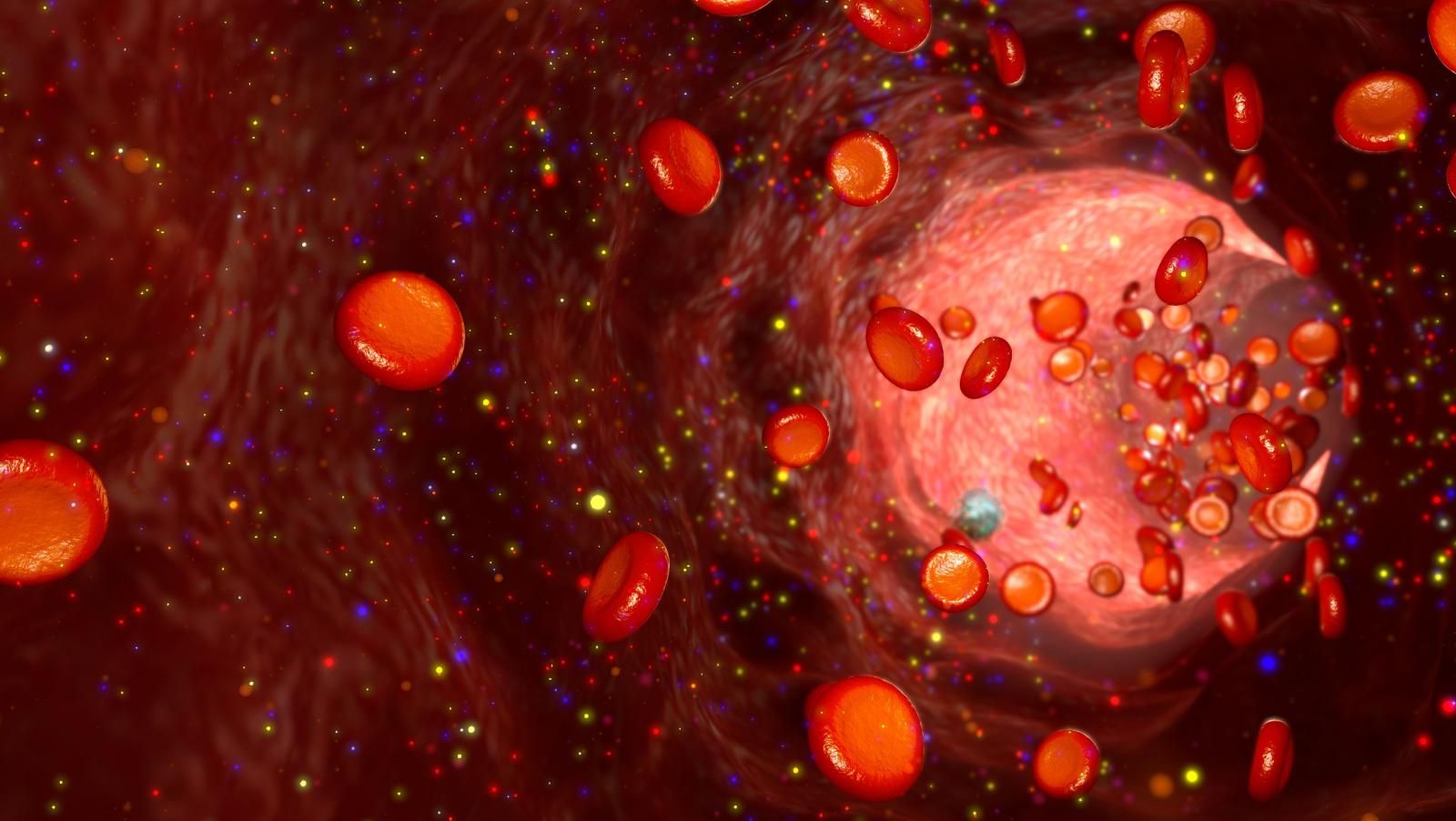Data Consistent in MCL Despite Choice of Chemoimmunotherapy Induction Regimen
Clinical outcomes were consistent among transplant-eligible patients with mantle cell lymphoma, regardless of which chemoimmunotherapy induction treatment was administered to the patient.

Based on data from a retrospective analysis, clinical outcomes were consistent among transplant-eligible patients with mantle cell lymphoma (MCL), regardless of which chemoimmunotherapy induction treatment was administered to the patient.
Choice of chemoimmunotherapy induction did not appear to impact overall response rate (ORR;P= .43), progression-free survival (PFS;P>.67), or overall survival (OS;P>.35) on multivariate analysis.
“Within the limits of a retrospective study and modest power for some comparisons, type of induction therapy did not influence ORR, PFS, or OS for transplant eligible patients with MCL,” the authors wrote in the article published inHematological Oncology.
MCL is a rare type of non-Hodgkin lymphoma with a historically aggressive pathogenesis, one in which the optimal induction therapy remains unknown. As such, investigators conducted a retrospective, multicenter analysis of 228 newly diagnosed patients with MCL who had been treated with 1 of 5 choice induction chemoimmunotherapy regimens between 2001 and 2015.
Patients were assessed according to 1 of the following induction interventions: Nordic MCL2 (arm 1), which included rituximab (Rituxan), cyclophosphamide, vincristine, doxorubicin, and prednisone, alternating with high-dose cytarabine and R-HyperCVAD/MA, which comprised hyperfractionated cyclophosphamide, vincristine, doxorubicin and dexamethasone, alternating with high-dose methotrexate/cytarabine; R-HyperCVAD/MA (arm 2); R-CHOP, which includes rituximab, cyclophosphamide, doxorubicin, vincristine and prednisone (arm 3); R-CHOP/DHAC, which is rituximab plus dexamethasone, doxorubicin, cytarabine and cisplatin (arm 4); or other (arm 5).
Patients grouped in arm 5 received variations of R-CHOP and HyperCVAD; R-CHOP and ESHAP, which is etoposide, methylprednisolone, cytarabine, and cisplatin; R-CHOP and IVE, which is ifosfamide, epirubicin, and etoposide; R-CVP, which is rituximab, cyclophosphamide, vincristine, and prednisolone; or R-CEOP, which comprises rituximab, cyclophosphamide, etoposide, vincristine, and prednisolone.
Patients (n = 228) were included on an intent-to-treat (ITT) basis if they had been treated with the regimen of choice, were deemed fit for transplant at time of diagnosis, and tested positive for cyclin D1 by immunohistochemistry and/or translocation (11;14) by fluorescence in situ hybridization. Patients were excluded if they did not receive rituximab with induction chemotherapy.
Baseline characteristics were similar among eligible patients, accounting for some variability in age. Patients who received Nordic-like and HyperCVAD regimens had a younger average age than those in the other induction arms, at a median 58 (range, 30-73) and 54 years (range, 29-69) years, respectively.
Over 70% of patients in each arm received myeloablative therapy. The majority of patients in arms 1, 3, and 5 received carmustine, etoposide, cytarabine, and melphalan (BEAM) conditioning at 86%, 79%, and 81%, respectively; most patients in arm 2 (67%) received busulfan and melphalan (BuMel) conditioning.
Results showed that, at a median follow-up of 4.2 years (range, 0.4-15), the 4-year rates of PFS and OS among the intent-to-treat population were 62% (95% CI, 54%-69%) and 84% (95% CI, 78%-88%), respectively.
In arm 1, the ORR was 94% (n = 63), and the 4-year PFS and OS rates were 65% and 84%, respectively. In arm 2, the ORR was 100% (n = 60), the 4-year PFS. rate was 65%, and the 4-year OS rate was 84%. The ORR was 88% (n = 46), with 4-year PFS and OS rates of 51% and 88% in arm 3. In arm 4, the ORR, 4-year PFS, and 4-year OS rates were 95% CI (n = 18), 69%, and 80%, respectively. Finally, in arm 5, the ORR was 87% (n = 26), the 4-year PFS rate was 63%, and the 4-year OS rate was 74%, respectively.
In comparison to BuMel, BEAM conditioning was associated with a worse PFS (HR, 2.0; 95% CI, 1.1-3.6;P= .02) but not OS (HR 1.1; 95% CI, 0.5-2.3;P=.81) on univariate analysis. On multivariate analysis, there was no PFS benefit with BuMel (HR, 1.27; 95% CI, 0.3-5.7;P= .75). However, investigators pointed to the fact that the age of patients who received BuMel was a median 4 years younger than those who received BEAM conditioning.
Moreover, the addition of cytarabine in induction therapy did not result in an improvement in PFS (HR, 0.8; 95% CI, 0.5-1.5;P= .53) or OS (HR 1.4; 95% CI, 0.7-2.8;P=0.34) on re-performed multivariate analysis. Also, when restricting the analysis to those who underwent ASCT in first disease response, induction therapy did not impact PFS (P= .69) or OS (P= .62). Notably, ASCT did not result in a benefit in PFS (P= .36) or OS (P= .21) on multivariate analysis. However, by univariate analysis, in patients who responded to induction treatment and had no disease progression within 6 months of diagnosis (n = 219), ASCT delivery was linked with improved PFS (P= .01) and OS (P= .01).
Univariate analysis also showed high-risk combined-MCL International Prognostic Index biologic index (c-MIPI), B symptoms, advanced Ann Arbor stage, and bone marrow involvement at the time of diagnosis to be negative prognostic factors for PFS. However, c-MIPI, blastoid histology, and B symptoms were found to be negative prognostic factors for OS.
Multivariate analysis found high-risk c-MIPI disease to be adversely prognostic for both PFS (HR, 2.0; 95% CI, 1.0-3.9;P= .04) and OS (HR, 2.7; 95% CI, 1.2-6.1;P= .03).
Due to statistical limitations of the trial, the authors noted that these data will have to be subject to further evaluation.
“International efforts are required to perform randomized clinical trials evaluating chemoimmunotherapy induction regimens,” the authors concluded.
Reference:
Ng Yun Z, Bishton M, Ritchie D, et al. A multi-center retrospective comparison of induction chemoimmunotherapy regimens on outcomes in transplant ineligible patients with previous untreated mantle cell lymphoma [published online April 15, 2019].Hematol Oncol. 2019. doi: 10.1002/hon.2618.